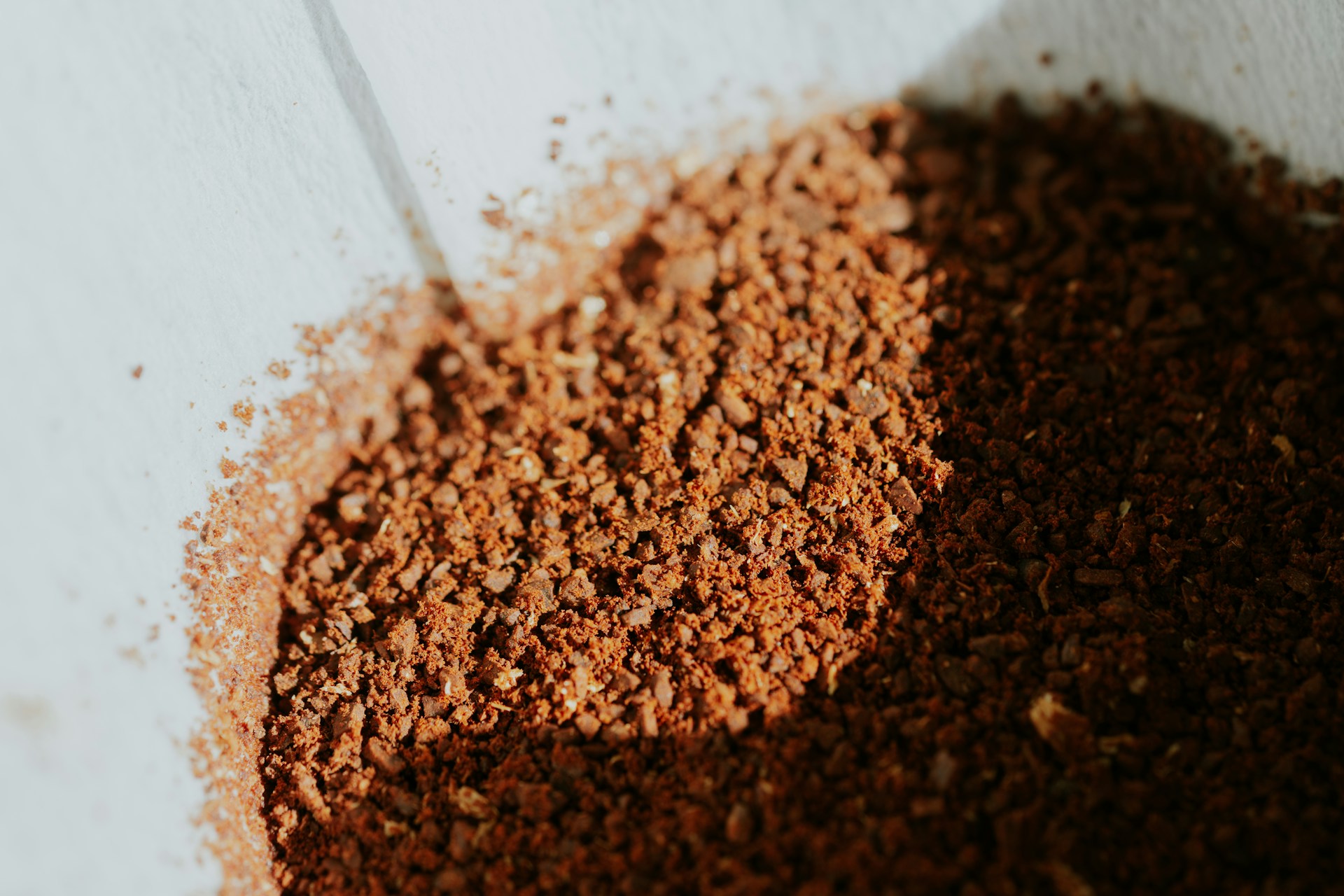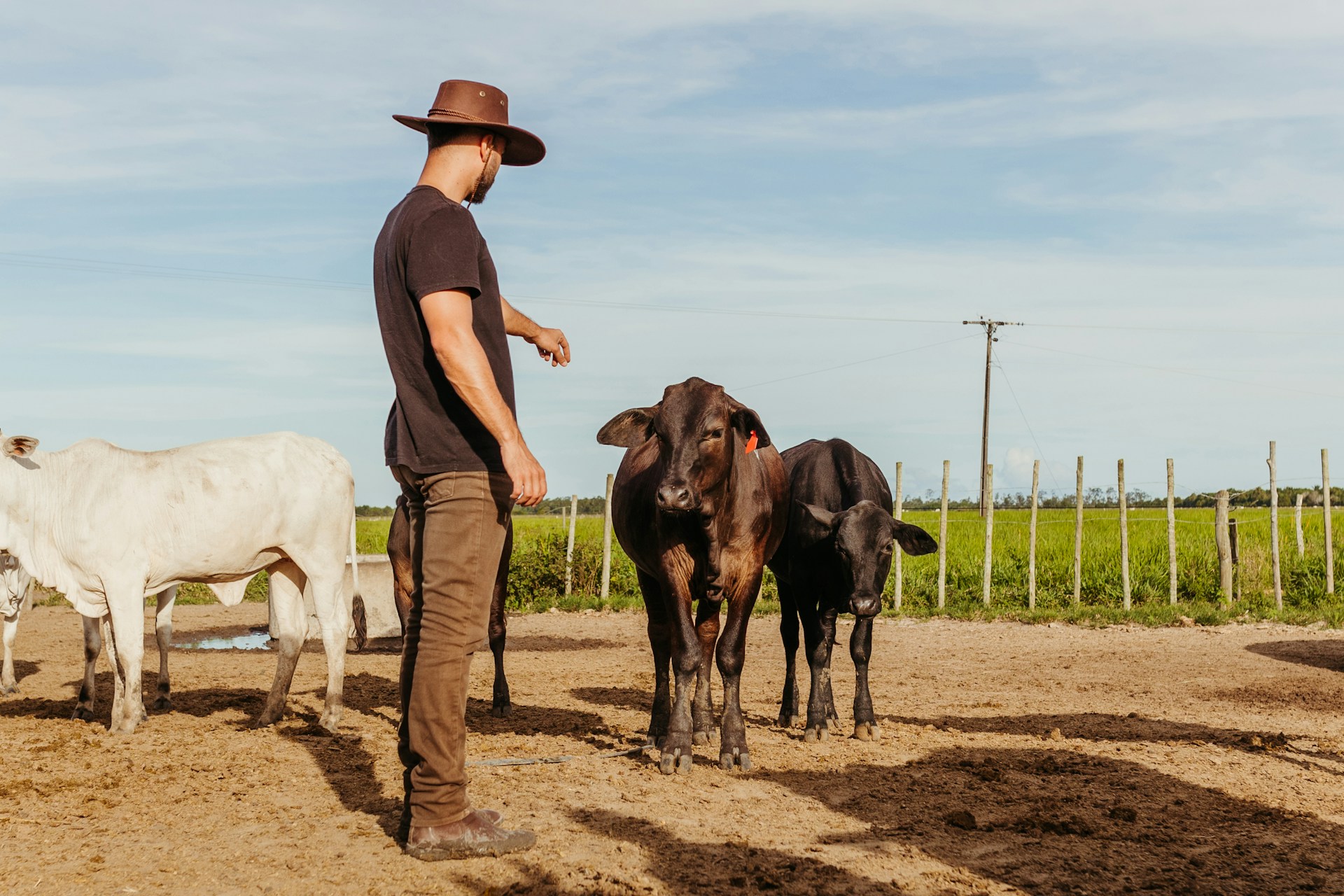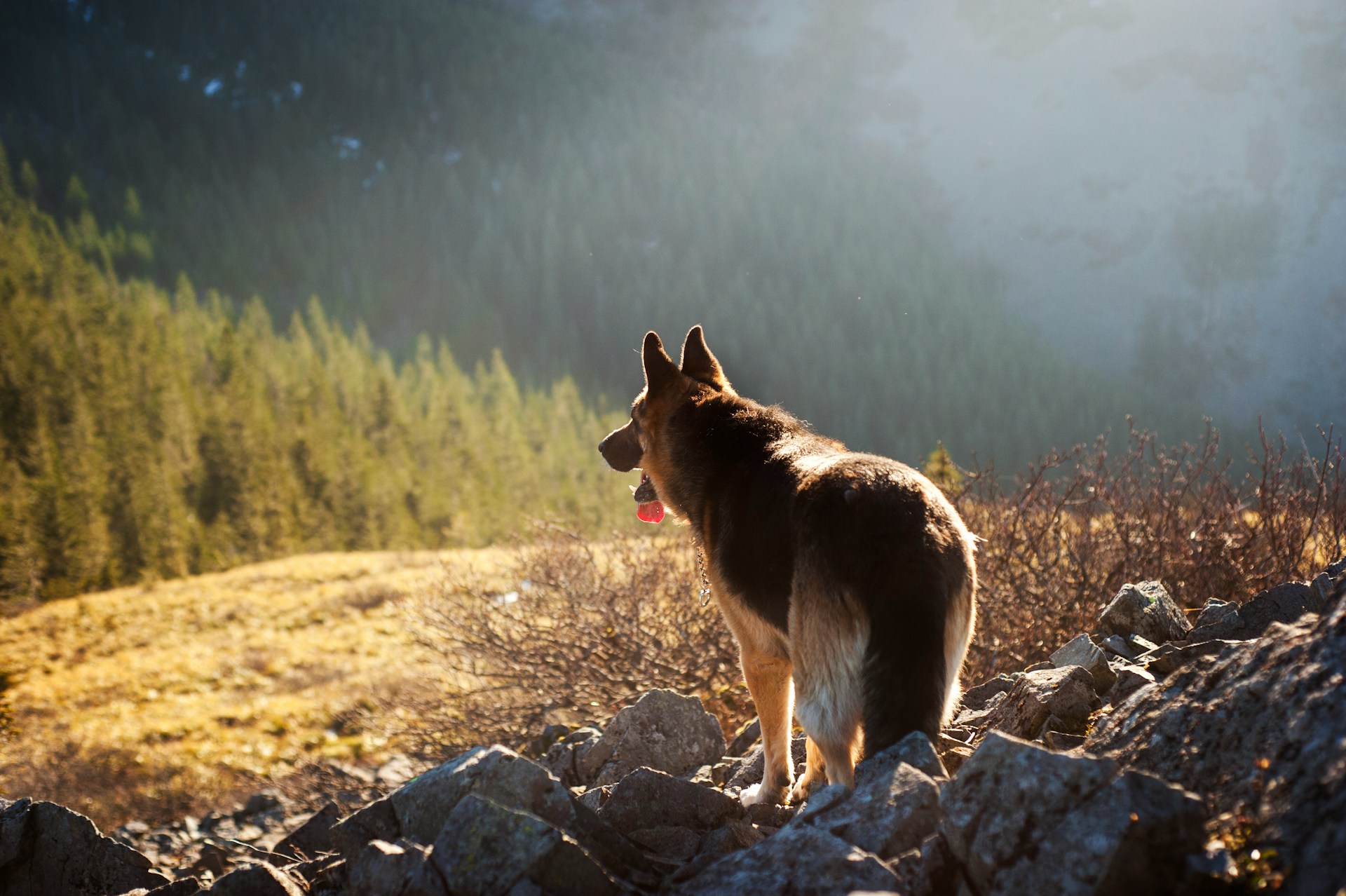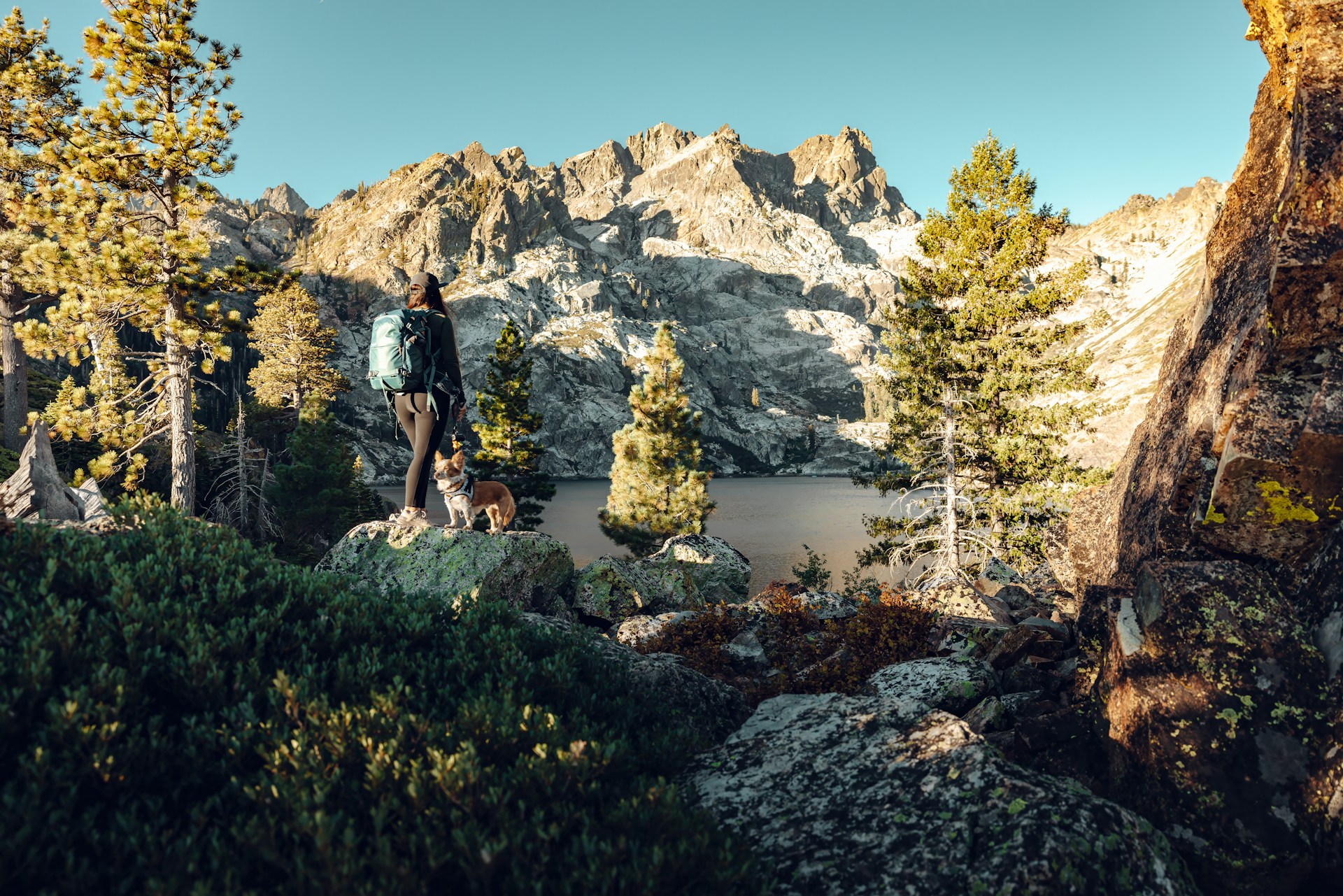Preparedness
Unlock Hidden Homestead Hacks with Coffee Grounds

After savoring your morning coffee, don’t be too quick to discard the grounds. These remnants of your caffeine fix are surprisingly versatile and can become a valuable resource on your homestead. Not only can they help you save money, but they also offer numerous benefits for your garden and household.
One of the simplest ways to use coffee grounds is by incorporating them into your compost pile. They act like green waste, similar to grass clippings, adding essential nutrients. A study highlighted by Healthline found that “compost made with coffee grounds and kitchen waste was richer in nutrients than compost made with waste alone.” Another study demonstrated that compost with 40% coffee grounds produced fewer greenhouse gas emissions and yielded superior quality compost.
Enhancing your soil is another benefit of coffee grounds. Their acidity can lower soil pH, which is particularly beneficial for certain plants. Spread the grounds in your garden and rake them into the soil, especially if you’re cultivating plants like hydrangeas or roses. These flowers thrive in acidic environments, and coffee grounds make an excellent fertilizer for them. Other plants such as blueberries, azaleas, and rhododendrons also appreciate the acidity.
If you maintain a worm farm, coffee grounds will be a hit with your worms, promoting their population growth. Additionally, coffee-scented worms are attractive to fish like trout and bass, making them useful for fishing.
Coffee grounds also combat soil pathogens, including fungi, due to their anti-microbial properties. This makes them beneficial for vegetables prone to mildew diseases, such as spinach, beans, and tomatoes. Natural Living Ideas notes that “compost containing just 5% coffee grounds can provide this protective effect.”
As a slow-release fertilizer, coffee grounds are nutritionally balanced. By adding a few scoops to your plants every few weeks, you can save money on commercial fertilizers.
While worms and fish are drawn to coffee, other pests are not. The texture of coffee grounds deters soft-bellied pests like slugs and snails. Moreover, caffeine in the grounds is toxic to insects, helping repel bugs. Scatter them in your garden to keep pests at bay and place them in bowls near seating areas to ward off mosquitos. The scent also deters cats from wandering into your garden.
Coffee grounds are excellent for neutralizing odors. It’s not just the coffee aroma; the nitrogen in the grounds combines with carbon to eliminate unpleasant smells. You can use them to freshen various spaces around your homestead. For instance, a bowl of coffee grounds in your refrigerator can neutralize odors, while scrubbing your hands with them removes smells from foods like fish, garlic, or onions.
The gritty texture of coffee grounds makes them effective as a skin exfoliant. Mix them with water or coconut oil and scrub on areas with dead skin. This texture also makes them useful for cleaning pots and pans. Sprinkle grounds directly into cookware and scrub as usual before rinsing.
In the kitchen, coffee grounds can enhance your culinary endeavors. They serve as a rub for meats like ribs, steak, and brisket, and their natural acids and enzymes make them effective meat tenderizers. Healthline explains, “Salt, enzymes and acids are three natural types of meat tenderizers. Coffee contains natural acids and enzymes, making it especially effective at tenderizing meat.”
For pet owners, coffee grounds can be a natural flea treatment. Rub them through your pet’s fur after shampooing and rinse thoroughly. However, remember that coffee is toxic to dogs if ingested, so ensure the grounds are used externally only.
In winter, coffee grounds provide an eco-friendly way to de-ice pathways. They help melt ice while adding traction, making them a sustainable alternative to salt.
Lastly, coffee grounds can be used in candle-making, adding a unique scent to your homemade creations. By following a simple process, you can craft candles that not only light up your space but also fill it with a pleasant aroma.
Incorporating coffee grounds into your homestead routine is a practical way to reduce waste and enhance your living environment. Even if you’re not a coffee drinker, you can often obtain used grounds from local cafes. Embrace this resourceful approach and discover the many benefits coffee grounds have to offer.
Let us know what you think, please share your thoughts in the comments below.

Preparedness
Safeguard Your Livestock: Essential Tips for Emergency Evacuations

The recent fires in California have brought to light the urgent need for preparedness, especially when it comes to safeguarding livestock during emergencies. The devastation has been particularly hard on Nigerian Dwarf goat breeders, some of whom managed to save only a few animals, while others lost entire herds. These small goats can fit in a car, yet breeders of larger livestock like cattle and horses faced even graver challenges, often having to leave their animals behind to face the advancing flames.
While it is not always feasible to save every animal in a disaster, especially in fast-moving fires, there are proactive steps that can be taken to prepare for emergency evacuations. The key lies in meticulous planning and swift action to protect both you and your animals, whether they are pets or livestock.
First and foremost, assembling an evacuation kit is crucial. This kit should include essential supplies, veterinary information, and a detailed evacuation plan that has been rehearsed. As one expert notes, “Protect your whole family when emergencies arise with the proper supplies, veterinary information, animal identification and an evacuation plan that has been practiced.”
It’s important to have written directions to your home readily available. This can assist you and emergency responders in locating your property quickly. Additionally, identifying alternate sources of food and water is vital, as floodwaters can be contaminated with sewage or chemicals.
Ensuring that vehicles are well-maintained and fueled is another critical step, as is keeping emergency cash on hand since ATMs might not function during a crisis. If evacuation becomes impossible, selecting the safest housing option for your animals is essential, even though the situation may still pose significant risks.
Regular assessments of barns and other structures for stability and safety are recommended. Removing dead trees and minimizing debris in fields can also reduce hazards. For those in wildfire-prone areas, maintaining a defensible space around structures by clearing away brush is advised.
Keeping a detailed list of your animals, including their species, number, locations, and favorite hiding spots, can save valuable time during a rescue. This list should be kept near your evacuation supplies. It’s also crucial to ensure your animals are identifiable in case they get separated from you. “Make it a habit to keep a notebook complete with identifying pictures and a record on the type of identification each animal carries along with any vet records,” advises a preparedness expert.
Types of identification for livestock include using livestock marking crayons, non-toxic spray paint, or non-water-soluble markers to write on the animal’s side. Preparing animals for evacuation involves familiarizing them with being loaded onto a trailer and locating prearranged evacuation sites outside your immediate area. Possible locations could be other breeders, ranchers, or farmers willing to temporarily house your stock.
In conclusion, while it is impossible to predict every scenario, being prepared for livestock emergency evacuations can make a significant difference. By developing a comprehensive plan and ensuring all necessary preparations are in place, you can increase the chances of keeping your animals safe during disasters.
Let us know what you think, please share your thoughts in the comments below.
Preparedness
Keep Pets Cool And Safe As Temperatures Soar

As temperatures rise, it’s crucial to understand how our furry companions handle the heat. Unlike humans, cats and dogs don’t have sweat glands distributed throughout their bodies. Instead, they possess only a few, located in their feet and around their noses. This limited capacity for sweating means that many animals must rely on panting and external methods of cooling to regulate their body temperature.
Heatstroke is a risk for all animals, making it essential for pet owners to actively prevent it. Certain breeds, particularly those with brachycephalic anatomy, are at an increased risk. Flat-faced breeds like Pugs, English Bulldogs, French Bulldogs, as well as Persian and Himalayan cats, are more susceptible due to their unique facial structures.
To protect your pets during hot weather, ensure they have access to plenty of fresh water and a cool, shaded area. It’s also wise to avoid strenuous activities during peak heat hours. By taking these precautions, you can help your pets stay safe and comfortable when the temperature climbs.
Let us know what you think, please share your thoughts in the comments below.
Preparedness
Survive Smarter Pack Lighter Essential Tips for Emergencies

In the world of survival, the mantra “less is more” holds significant weight. When faced with an emergency scenario, the ability to move swiftly and efficiently is crucial. Carrying a hefty load can hinder your progress and wear you out, especially if you’re not accustomed to hauling a 60-pound pack regularly. Instead, focus on the essentials and aim to keep your pack under 25 pounds.
The temptation to fill your bag with gadgets and gear can be strong, but it’s important to remember that the more you know, the less you need to carry. By honing your survival skills, you can significantly reduce the amount of equipment you need to lug around. This approach is particularly beneficial in a “Get Out Of Dodge” situation, where speed and agility are paramount.
Your gear should be streamlined, with a focus on necessities. Some redundancies are wise for critical items, but avoid overloading your pack. A durable backpack in natural colors like grey, muted greens, browns, or blues is ideal, as it blends well in both woodland and urban environments. Avoid camo patterns or tactical-looking bags that might draw unwanted attention in urban areas.
When it comes to shelter, think versatile and lightweight. A shelter kit should include something to sleep under, on, and in, along with cordage for assembly. A tarp can be more advantageous than a tent, offering flexibility and doubling as rain gear if needed. For bedding, consider filling contractor-grade trash bags with leaves or grass, or opt for a high-tech sleeping pad. An emergency blanket or poncho liner, often called a “woobie,” can serve as your sleeping bag.
“Try using 550 paracord just for the ridgeline – this means you will only need to pack about 60 feet of it.” For the rest of your shelter construction, #36 bankline is a solid choice. While stakes can be fashioned from natural materials, packing six aluminum or titanium tent stakes can be beneficial, especially if you’re dealing with challenging conditions.
Fire-making is another critical skill. It’s wise to have at least three methods for starting a fire: a Bic lighter, a ferro rod, and a Fresnel lens are good options. Ready-made tinder, such as cotton balls with Vaseline or a tin of mini-infernos, can be invaluable when you’re cold and wet, and your dexterity is compromised.
In summary, lightening your load is about prioritizing skills over equipment and ensuring your gear is both efficient and effective. By doing so, you can cover ground quickly and meet your immediate needs without unnecessary strain.
Let us know what you think, please share your thoughts in the comments below.
-

 Tactical1 year ago
Tactical1 year ago70-Year-Old Fends Off Intruder with Lead-Powered Message
-

 Tactical1 year ago
Tactical1 year agoVape Shop Employee Confronts Armed Crooks, Sends Them Running
-

 Preparedness1 year ago
Preparedness1 year agoEx-Ballerina’s Guilty Verdict Sends Tremors Through Gun-Owner Community
-

 Preparedness11 months ago
Preparedness11 months agoGood Samaritan Saves Trooper in Harrowing Interstate Confrontation
-

 Tactical1 year ago
Tactical1 year agoMidnight SUV Theft Interrupted by Armed Homeowner’s Retaliation
-

 Survival Stories2 years ago
Survival Stories2 years agoEmily’s 30-Day Experience of Being Stranded on a Desert Island
-

 Preparedness11 months ago
Preparedness11 months agoArizona Engineer’s Headless Body Found in Desert: Friend Charged
-

 Preparedness11 months ago
Preparedness11 months agoBoy Saves Dad from Bear Attack with One Perfect Shot